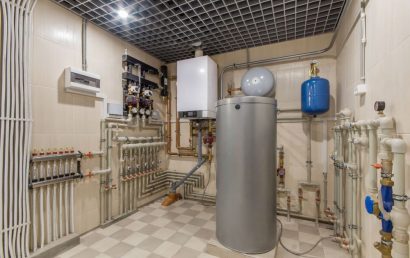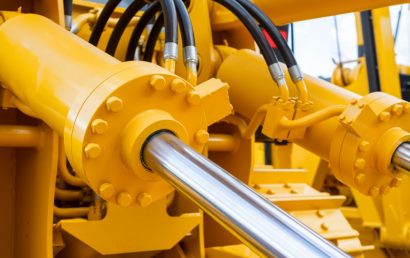Understanding the Difference between Plasma Spray and Flame Spray
What is plasma spray, and what is flame spray? And what are their individual advantages, and the differences between both? Let us explore this in detail, so that you may make an informed decision on which thermal spray process would be most suitable for your own unique preferences and goals.
What Is the Nature of Plasma Spray?
Plasma spray is the phrase that is used to characterize gas that has been elevated to a temperature that is so extremely high that the gas itself ionizes and becomes capable of conducting electricity. In the coating process that is referred to as plasma spraying, the actual plasma is generated by striking an electrical arc between the electrode and the nozzle within a plasma gun.
The jet of plasma will then proceed to emerge from the nozzle of the plasma gun. Particles of powder are injected into this plasma jet. The powder particles will then soften and collide with the surface to be coated at a very high velocity, which then produces an adherent coating that is strong and durable.
What Are the Advantages of Plasma Spray?
There are numerous advantages to using the technique of plasma spraying. The plasma spraying technique is a fantastic coating method to utilize when it is important for bond strength to be created and maintained, and for a coating to be denser.
In addition, one more strong benefit of the plasma spraying technique is that it is capable of spraying a wider selection of nano-sized powders within a liquid suspension, refractory ceramic powders, and numerous other types of material that may be manufactured in the form of a powder. The plasma spraying technique is able to provide important components with a large range of advantages such as resistance to oxidation and heat, protection from corrosion, and resistance to overall wear and tear, for example.
What is the Nature of Flame Spray?
The flame spraying technique is a process that utilizes an oxy-fuel flame for the purpose of melting wires—and in certain situations—ceramic rods or powders. In the case of ceramic rods and wires, the material in its molten form is then atomized with the help of pressurized air to generate a spray jet that causes the application of the coating onto the surface that is being sprayed.
In the case of powder flame systems, the pressurized air simply provides acceleration to the particles that are heated, because atomization is not required in this situation. Flame spraying systems are typically operated in a manual mode, but it is indeed perfectly possible to automate the process partially or even totally, if it is needed.
What Are the Advantages of Flame Spray?
Similar to plasma spraying, there are numerous benefits of flame spraying. One of these benefits is the ease with which flame spraying can be carried out. Therefore, flame spraying is incredibly easy to learn. Another great advantage of flame spraying is that the capital costs for the required equipment are substantially lower in comparison to those of plasma spraying.



